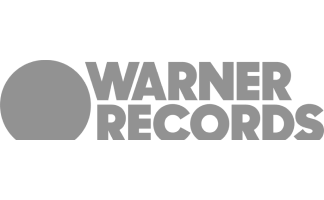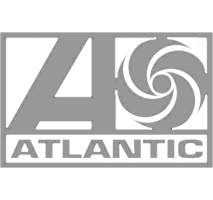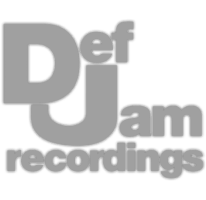Professional Analog Mastering.
Professional Analog Mastering.










When making lo-fi vocals, using processing that attenuates the low and high-frequency range, introduces analog and digital distortion, and emulates the sound of classic recording devices. A quick and easy way to make loft vocals is to isolate the mid frequencies with an EQ, then heavily saturate the signal.
When we drive a preamp we cause compression and distortion, often associated with an improperly recorded vocal. Doing this with a plugin, or the hardware is really simple - just increase the input gain of a device until it distorts, and then decrease the output to compensate for changes in volume.
Let’s listen to a couple of preamp emulations to hear how this sounds, and how it varies slightly from emulation to emulation.
With an EQ we can create a bandpass filter that will attenuate the lows and highs, creating a vocal that exists primarily in the mids. We can also use a high pass and low pass filter to accomplish this and some bell filters in the middle to emphasize certain frequencies.
This type of processing can accomplish a telephone effect, or maybe a radio effect, but it really just helps cut out parts of the vocal associated with high-fidelity recordings.
Goodhertz offers a cool and affordable plugin called Lossy, with which you can create the filters we just discussed, as well as add aliasing and distortion often associated with low-quality lossy file types. If you’ve ever listened to One Dance by Drake, I’m pretty sure this effect was used on the backing track.
That said, it works well at creating a cool lofi sound on vocals as well.
Some saturation plugins emulate broken equipment - Saturn 2 is a good option for this with which you can emulate broken tubes, old tape, and some amps that’ll also work really well for lofi vocals. Broken tube and old tape is especially useful since you’ll get a unique breakup.
Old tape will emulate the shedding of magnetic particles on tape, which also has a very distinct sound in which the signal drops out and distorts.
Similar to the Lossy plugin, we can reduce the bit depth and sampling rate with a basic distortion plugin - this cuts off the waveform as well as causes aliasing distortion. I find this plugin gives you a little more control than Lossy and has a little bit of a different tonality.
Let’s see what happens to our vocals when we reduce the sample rate and bit depth.
We can use reverb to emulate ugly spaces that aren’t designed for recording - for example, I can use a free plugin that uses impulse responses to mimic an abandoned USSR observation tower. Or I can use an algorithmic reverb to emulate specific rooms, like a bathroom or bedroom.
You may not need this if you’re recording in space not designed for recording, but it’s helpful if you have a dry vocal.
Although we briefly covered tape, let’s talk more about why it has so much potential for a lofi sound - with asperity we can add dynamic noise to the side image, expanding the signal and making lofi simultaneously. We can also introduce wow and flutter to emulate the tape speed imperfections.
Finally, if we reduce the tape speed to as low as it goes, it’s a great way to add distortion, reduce clarity, and create a general sense of low fidelity.
AudioThing makes a couple of plugins that are great for this purpose - mainly Wires and Speakers, which emulate a wire reel to reel recorder, and various speakers and microphones respectively. Using the plugins is simple, just try different speaker and input speed settings until you get the sound you want.
As an extra, check out Abbey Roads Vinyl by Waves, with which you can add vinyl crackle and noise, high-frequency distortion, and attenuation by moving the tonearm to the center of the record, and emulate various cartridges and tonearms.